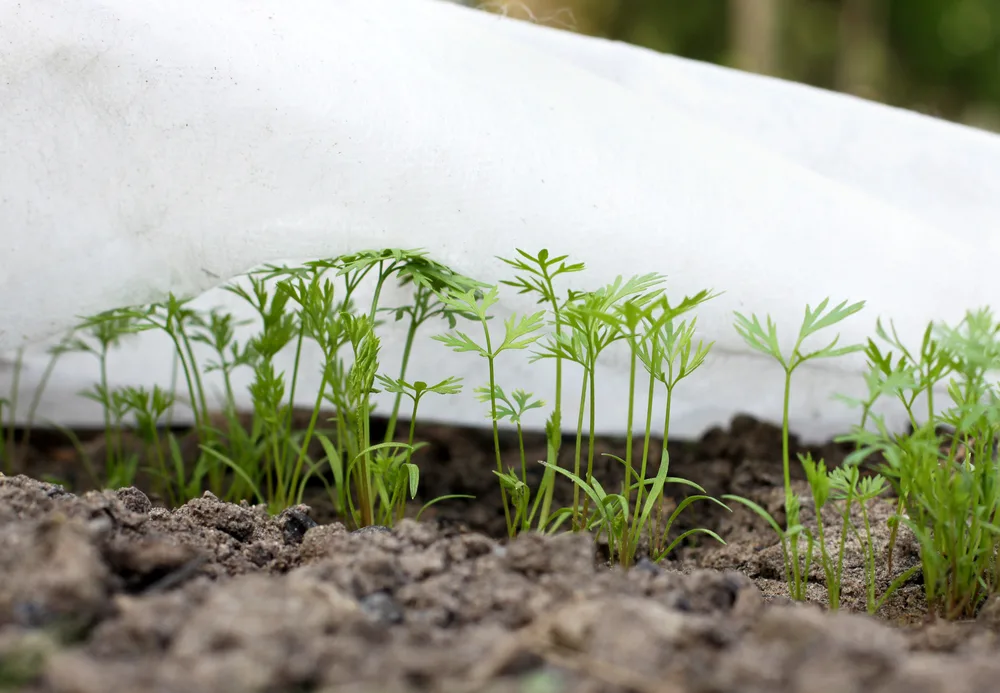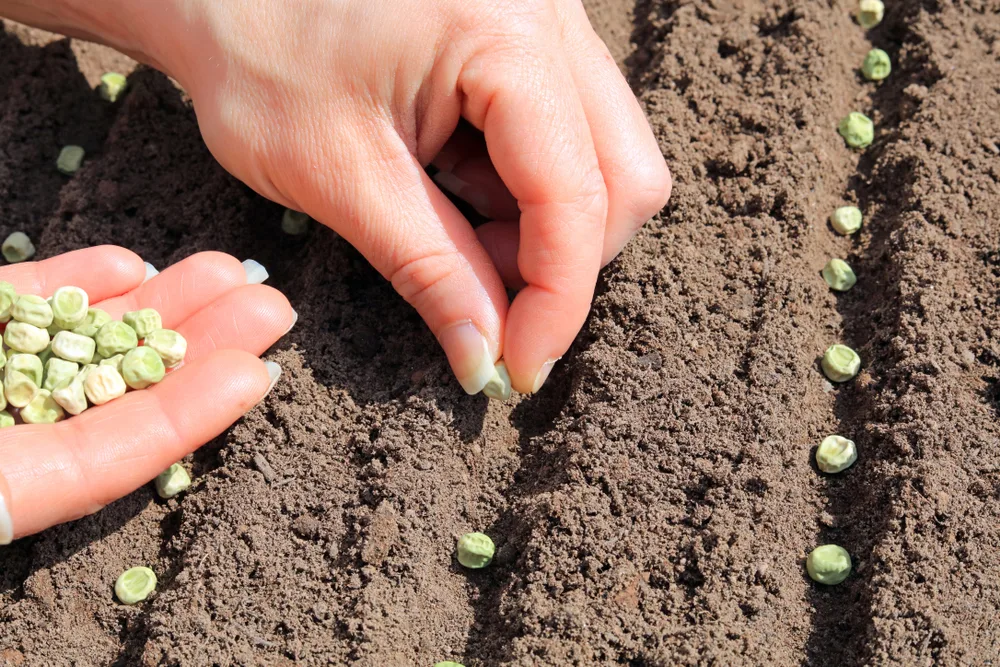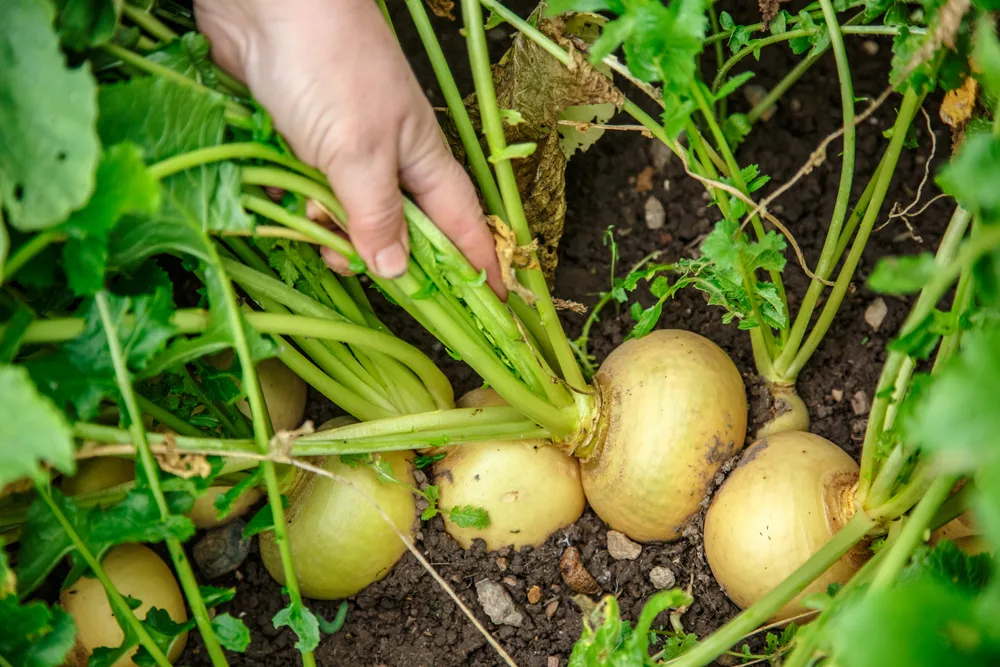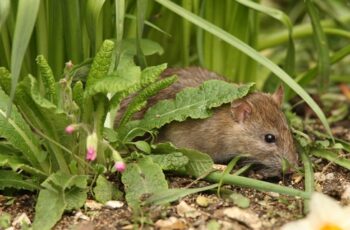Ad Blocker Detected
Our website is made possible by displaying online advertisements to our visitors. Please consider supporting us by disabling your ad blocker.
13. Carrots

Carrots are a delectable and crisp vegetable that not only delights your taste buds but is also a feast for your eyes. For optimal growth, it is recommended to plant them before the temperatures soar too high. Once the plants have established themselves, they thrive best in daytime temperatures averaging 75°F (24°C). To maintain the cooler temperature required for growing taproots, mulching around the carrots is advisable.
To get started with planting, direct sow carrot seeds in soil with temperatures of 55°F (13°C) or higher. Space the seeds 1 inch apart and leave 15 inches between rows. Cover the seeds with soil to a depth of 1/8 inch and lightly press down. Once the seedlings reach a height of one inch, thin them to 2 inches apart.
To ensure perfectly formed carrots, it’s essential to maintain a consistent schedule of thinning and watering. With proper care, you can harvest these tasty roots in 75 days or less. Start planting today and relish the bounty of home-grown carrots!
14. Peas

Discover the many benefits of incorporating peas into your garden by taking advantage of their unique nitrogen-fixing qualities. For optimal growth and yield, it is recommended to plant your peas as early as possible. Fortunately, peas are resilient to cooler conditions and can be planted early on without any issues.
Peas require a minimum temperature of 40°F (7°C) for germination, but they will grow at a slower pace. Once the soil temperature rises to 60°F (16°C) and above, peas will quickly sprout and thrive. To plant peas, simply place the seeds 1 inch deep and 2 inches apart, with 7 inches between rows.
After your peas have begun to sprout, it is essential to provide them with the necessary support to continue their growth. Both bush and pole pea varieties can benefit from a trellis or tower to cling to. This will ensure that your peas grow upright, with fewer chances of being damaged by pests or other threats.
With proper care and maintenance, your peas will be ready to harvest in approximately 60 days and will continue producing until they die back under the heat of summer. So, why wait? Start planting your peas today to enjoy the many benefits they offer!
15. Turnips

Discover the hidden gem of the garden with turnips, an ancient root vegetable that deserves a place in your early spring plot. While not as popular as some other cultivars, turnips are a quick-growing and delicious addition to any garden.
In just 60 days, turnips are ready from seed to harvest, with the spicy turnip greens available for consumption after only one month of growth. These leafy tops boast a flavor similar to mustard greens and are loaded with vitamins and minerals for a healthy addition to your diet.
Harvest younger turnip roots at the two-month mark for a crunchy and sweet vegetable with a unique flavor that blends cabbage with radish. If you wait three months to harvest, the turnips transform into a sweeter version of themselves, with a taste more reminiscent of potatoes when cooked.
One of the many advantages of turnips is their ability to germinate in soils as cold as 40°F (5°C). However, they will sprout much more quickly in soil that has warmed to 59°F (15°C).
Plant your turnip seeds a ½ inch deep, with 1 inch between each seed and at least 12 inches between rows. Once your turnip seedlings have reached a height of 4 inches, thin them to 4-6 inches apart for optimal growth.
Incorporating turnips into your garden offers a unique and flavorful addition to your plate while providing a host of nutrients to keep you healthy and thriving. Don’t overlook this versatile and underrated vegetable – add turnips to your garden this season!

